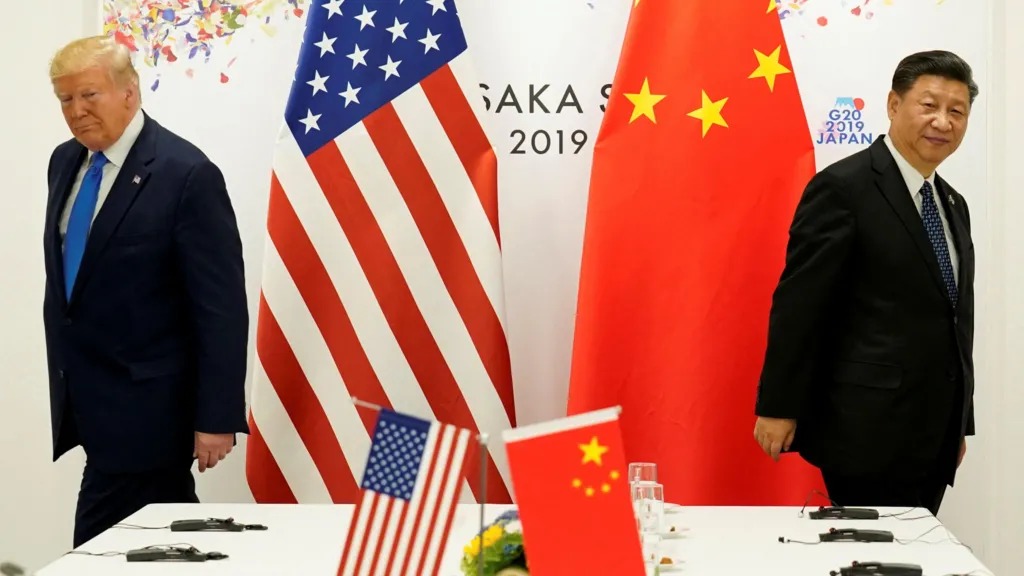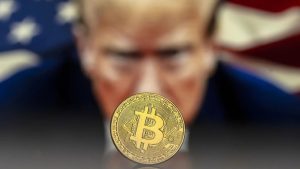
China Economic Recovery Plans Threatened by Trump’s Return to Power
China’s economic recovery plans are facing a significant threat with Donald Trump’s return to the US presidency. As China implements new measures to support its struggling economy, Trump’s proposed tariffs, which could reach as high as 60% on Chinese imports, pose serious risks. Already burdened with local government debt, a property slump, and reduced consumer spending, China’s path to economic stability is becoming increasingly complex.
The latest Chinese recovery plan includes an $840 billion bailout for local governments to alleviate debt and prevent it from hindering growth. Yet, with the potential for heightened US-China trade tensions, China’s economic recovery plans may face unprecedented challenges.
China’s Economic Recovery Plans to Address Debt and Slowdown
The core of China’s economic recovery plans involves tackling the local government debt crisis. For decades, regional governments drove growth through massive infrastructure investments. However, the property sector’s downturn has left some cities unable to manage their debts, putting additional strain on the country’s economy.
Economists warn that China risks prolonged economic stagnation similar to Japan’s 1990s slump if it fails to address these issues. Stephen Roach, former chairman of Morgan Stanley Asia, advocates a shift from export-led growth to one that draws on domestic consumer demand, a move that could help mitigate external pressures from global trade policies.
External Link: More insights on China’s economy at BBC
Internal Link: Learn about China’s economic policies and growth strategies at Kenkou Land
High-Tech Exports and Global Resistance
A key aspect of China’s economic recovery plans is its pivot to high-tech industries, where it has become a world leader in solar panels, electric vehicles (EVs), and lithium-ion batteries. In 2023, exports in these sectors grew substantially, helping offset some of the economic impacts from China’s property crisis.
Despite these gains, China’s economic recovery through high-tech exports is encountering resistance from the West. The European Union recently raised tariffs on Chinese EVs up to 45%, mirroring protectionist measures seen in the US. Analysts believe this trend may continue, affecting China’s global trade dynamics.
Trump’s Tariffs and Their Potential Impact on China’s Recovery
During Trump’s first term, tariffs on Chinese goods reached 25%, and his return signals the likelihood of even steeper trade restrictions. Analyst Bill Bishop suggests that Trump feels China failed to uphold prior trade agreements, fueling his renewed push for tariffs.
This pressure comes at a critical time for China’s economic recovery, as it aims to transition from a low-cost manufacturing model to a high-tech powerhouse. Trump’s trade policies, combined with existing Western resistance, could severely impact China’s export-driven recovery strategy.
China’s Path Forward Amid Economic and Political Challenges
As China’s leaders evaluate the effectiveness of their economic recovery plans, they may need to consider alternative strategies to reduce reliance on exports. Alicia Garcia-Herrero, chief economist for Asia-Pacific at Natixis, suggests that increasing domestic consumer spending could be key to sustainable growth, as China’s overreliance on exports raises vulnerability to external policies like Trump’s tariffs.
The success of China’s economic recovery plans may ultimately hinge on its ability to adapt to an evolving global landscape, where Western markets are becoming less receptive to Chinese goods. With the recent policy shifts and bailout funds directed at stabilizing its economy, China faces one of its most challenging recovery periods to date.



